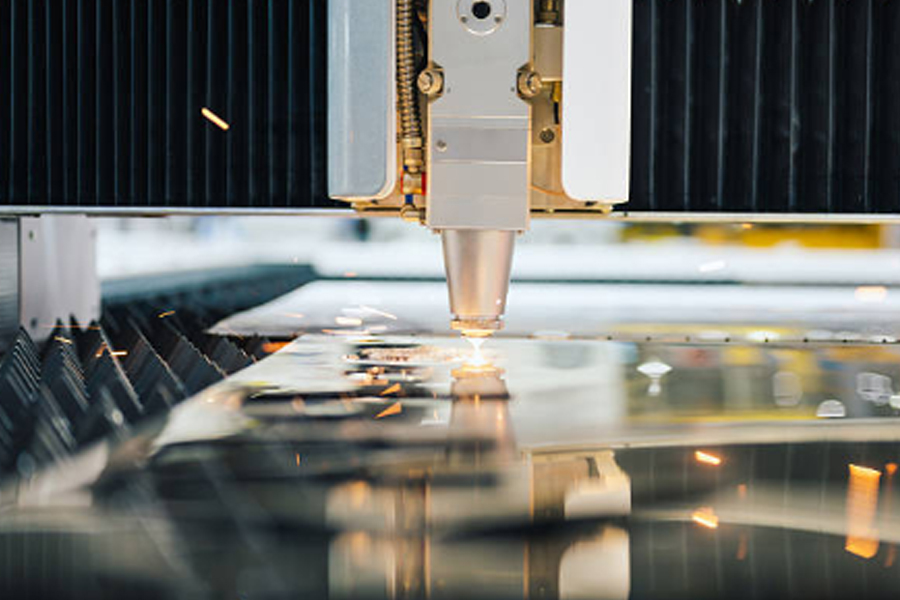Datetime:2025-10-10
This article will introduce the three main 3D printing technologies—FDM, SLS, and MJF—and their respective characteristics to help you make the right choice based on your part needs. Each process has its own advantages and disadvantages depending on its application. FDM, with its low cost, is suitable for rapid prototyping, while SLS excels in complex shapes and high precision. MJF combines printing speed with excellent surface quality, making it suitable for small-batch production. The following sections will provide a detailed analysis of each process's specific applications, helping readers understand how to select the optimal 3D printing process based on part functional requirements and production quantities to meet the specific needs of different scenarios.
Features and Selection Criteria of the 3D Printing Processes FDM, SLS, and MJF
Among 3D printing technologies, FDM, SLS, and MJF each have unique advantages and applications. FDM (fused deposition modeling) uses thermoplastic materials for layer-by-layer printing, making it suitable for rapid prototyping. Its relatively low equipment cost and simple operation make it ideal for small businesses and individuals. In contrast, SLS (Selective Laser Sintering) uses a laser to sinter powdered materials into a solid, high-strength, high-precision finish, making it suitable for complex parts, such as those in demanding applications like aerospace and medical devices. Multi-Jet Fusion Bonding (MJF) technology combines speed and quality, making it ideal for small-batch production. It utilizes multiple nozzles working simultaneously, significantly improving printing efficiency while also achieving high surface quality. Different part requirements require different process characteristics, so choosing the appropriate 3D printing technology requires a comprehensive consideration of specific needs. Each of these three processes has its own advantages, offering flexible options for different applications.

Comparing the Advantages and Disadvantages of 3D Printing Technologies for Different Part Requirements
When choosing a 3D printing technology, the specific requirements of the part will directly influence the process choice. FDM technology is suitable for rapid prototyping, offering low costs and a wide variety of materials, but it suffers from lower precision and is suitable for rough models or design verification. In contrast, SLS technology offers higher precision and more complex part structures. Its laser sintering process can be used to produce functional parts, but it also comes with higher costs and longer processing times. The MJF process, on the other hand, is known for its fast printing speeds and excellent surface quality, making it suitable for small-batch production and parts requiring strength and durability. Each of these three technologies has its own advantages and disadvantages, and the specific choice should be determined based on the part's functional requirements, budget, and production time.
FDM, SLS, and MJF: Understanding Just a Few Basic Applications
In 3D printing, FDM, SLS, and MJF are the three main processes, each suited to different applications. FDM is suitable for rapid prototyping and simple part production at a relatively low cost, making it ideal for individuals and small businesses. SLS, on the other hand, is more suitable for parts with complex geometries. Its use of powdered materials allows for greater design freedom, making it well-suited for functional prototypes and small-batch production. In contrast, MJF prioritizes printing speed and surface quality, excelling in the production of parts requiring strength and durability, such as engineering-grade components. Therefore, choosing the right 3D printing process for each part type and application is crucial.
A Guide to Selecting the Right 3D Printing Process for Different Production Needs
When choosing the right 3D printing process, it's important to consider the specific requirements of the part. FDM (fused deposition modeling) is suitable for rapid prototyping, especially for large parts, due to its low cost and wide range of materials. In contrast, SLS (selective laser sintering) is more suitable for complex structures or parts requiring high-temperature resistance and strength. SLS can process a wide range of materials, including plastics and metals, making it suitable for small-batch production and functional parts. Multi-jet fusion (MJF), on the other hand, excels in printing speed and surface quality, making it suitable for products requiring high detail and precision. Therefore, choosing the appropriate process based on the part's application, complexity, and production volume will help optimize production efficiency.
When choosing the right 3D printing process, it's crucial to understand the characteristics of FDM, SLS, and MJF. Each process offers unique advantages and is suitable for different applications. FDM is suitable for rapid prototyping and cost control, while SLS excels at high precision and complex structures. MJF offers advantages in production speed and surface quality, making it particularly suitable for parts requiring high detail. With the advancement of 3D printing technology, the application scenarios of various processes are also expanding. Therefore, in practical applications, evaluating project requirements, budget and production efficiency in order to select the most suitable 4D printing process is an important step to achieve the best results.